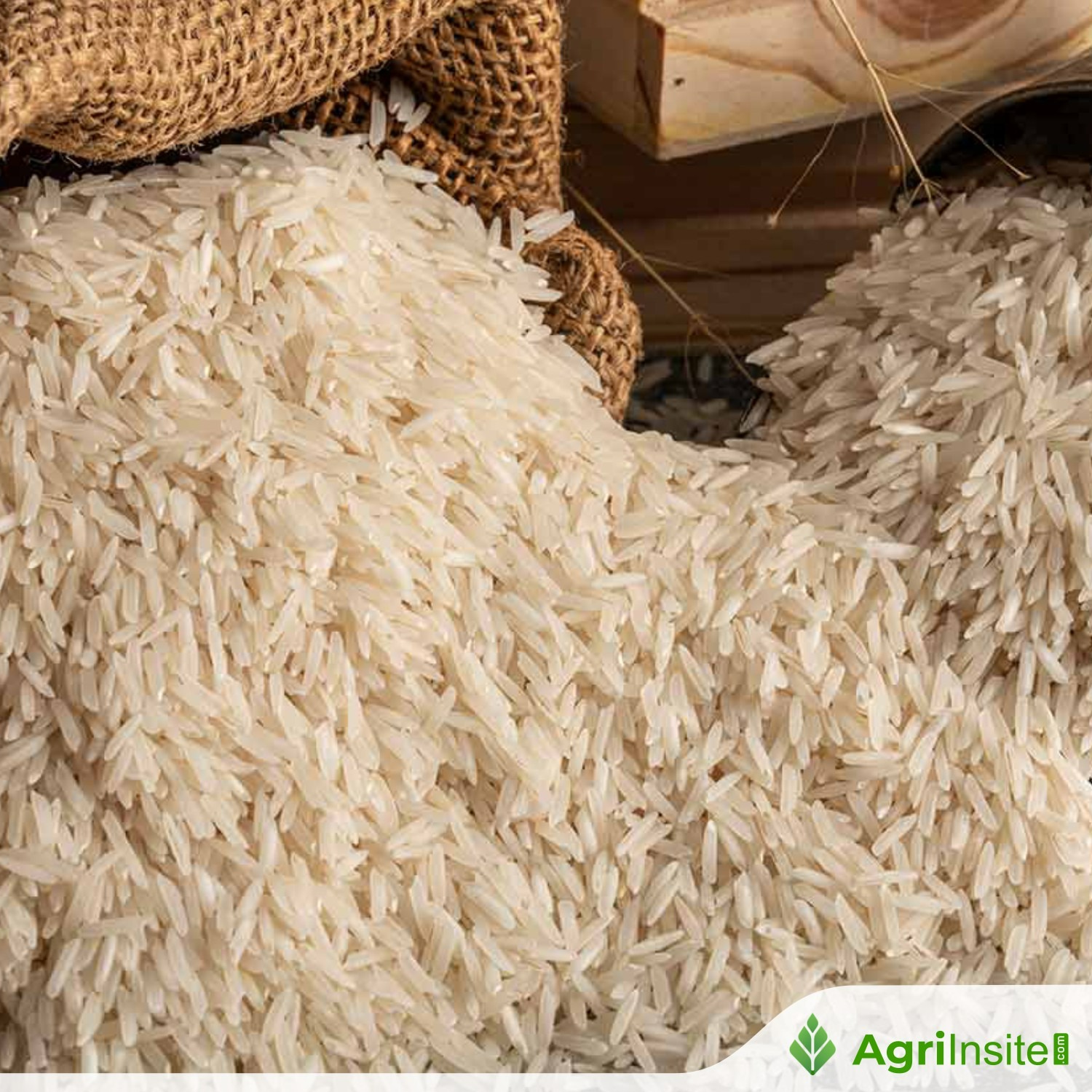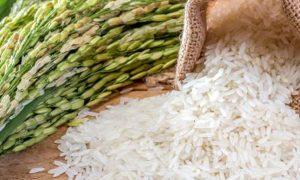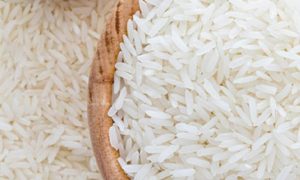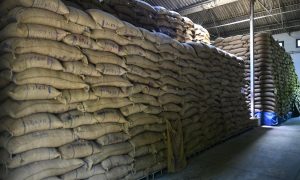Vietnam rice hits world’s highest price, exports rank second globally

Vietnam exported nearly 5.88 million tons of rice worth over USD 3 billion by August 15, 2025, at an average price of USD 512 per ton. Its 5% broken rice hit USD 400 per ton, topping global competitors. Vietnam overtook Thailand as the world’s second-largest exporter, emphasizing quality and branding.
According to preliminary statistics from the General Department of Customs, by August 15 Vietnamese enterprises exported nearly 5.88 million tons of rice, earning more than USD 3 billion. The average export price stood at nearly USD 512 per ton.
Data from the Vietnam Food Association shows that Vietnam’s export rice prices are moving in the opposite direction compared to competitors such as Thailand, India, and Pakistan.
On August 19, the export price of Vietnam’s 5% broken rice rose by USD 5 per ton, reaching nearly USD 400 per ton. In contrast, Thailand’s rice of the same type fell to USD 354 per ton, India’s to USD 376 per ton, and Pakistan’s to USD 355 per ton.
Vietnamese rice now ranks the highest among the world’s top four exporters, exceeding Thailand by USD 45 per ton, India by USD 23 per ton, and Pakistan by USD 44 per ton.
Not only commanding higher prices, Vietnamese rice also achieved a historic milestone. The Thai Rice Exporters Association reported that Vietnam has overtaken Thailand to become the world’s second-largest rice exporter in the first six months of 2025.
This achievement reflects a strategic shift from “exporting volume” to “exporting value,” creating a sharper competitive edge.
However, challenges remain. Vietnam’s rice sector still faces risks from salinity intrusion, drought, and climate change that affect output, as well as technical barriers from demanding markets such as the EU and Japan.
If global demand weakens or competitors slash prices, Vietnam’s price advantage could narrow. This requires a long-term strategy, shifting focus from increasing output to raising product value.
In the long run, the sustainable path is to prioritize high-quality rice, organic rice, traceability, and building a national rice brand. Without this, the current second-place position could be only a “short-lived peak” amid cycles of oversupply and climate volatility.
In response to recent developments, the Government Office conveyed Prime Minister Pham Minh Chinh’s directive to the Ministry of Agriculture and the Ministry of Environment to urgently study the situation and coordinate relevant agencies with specific solutions.
The Prime Minister also called for seizing opportunities to accelerate exports, especially high-quality and organic rice linked with traceability systems and national branding, thereby increasing added value.
At the same time, Vietnam is expediting the implementation of the Sustainable Development Project for 1 million hectares of high-quality, low-emission rice fields in the Mekong Delta, aligned with green growth goals through 2030.
To Read more about Rice News continue reading Agriinsite.com
Source : Vietnam Net















